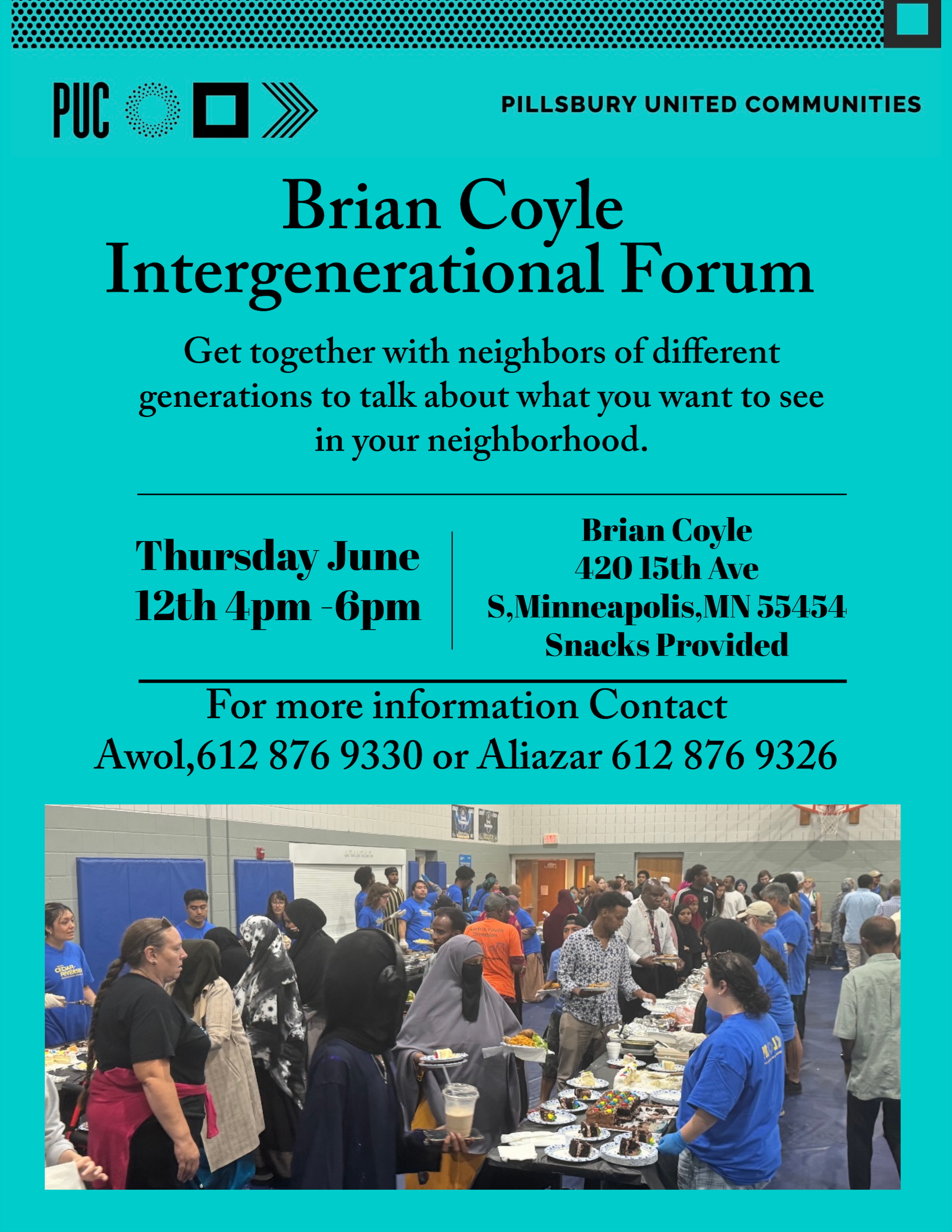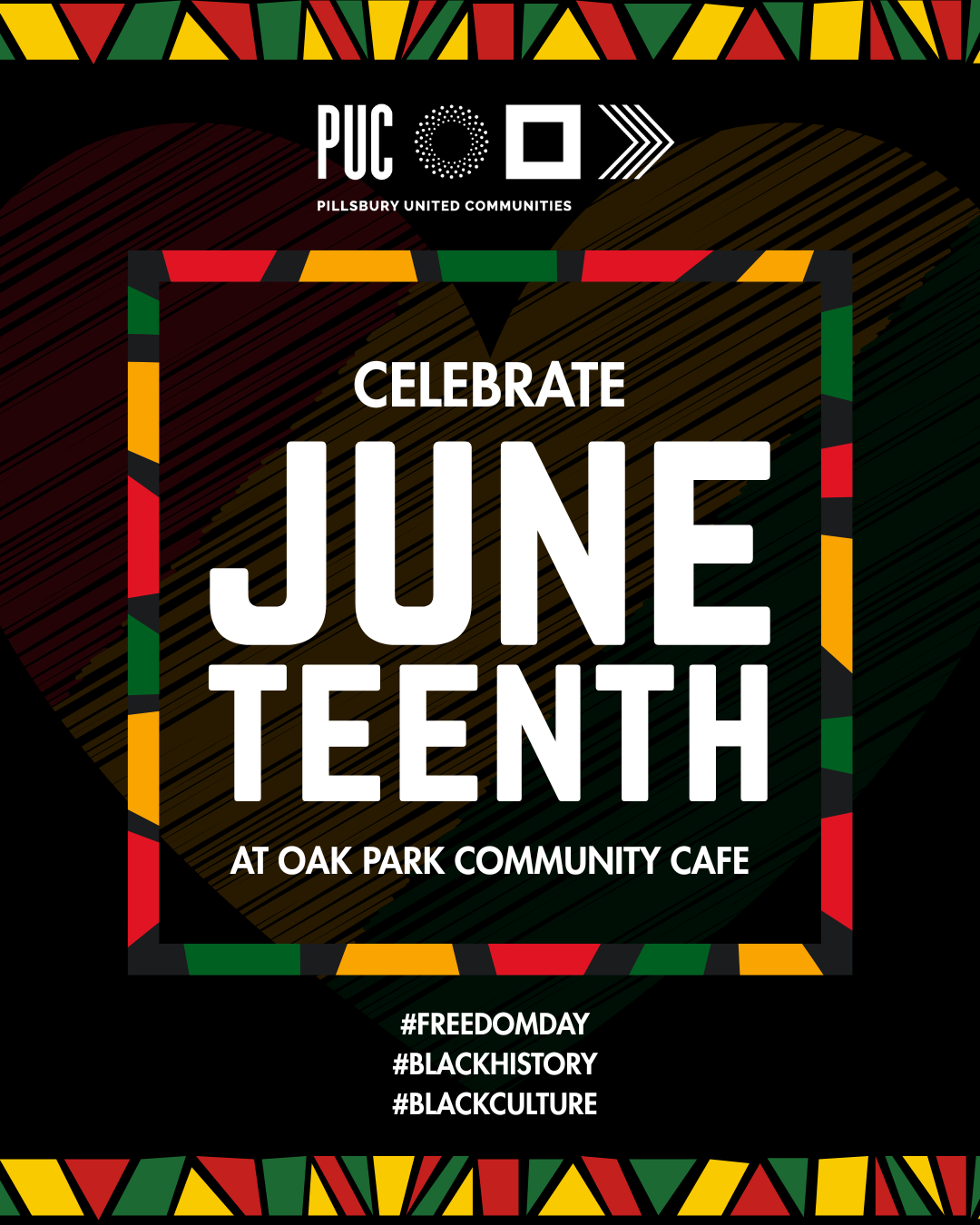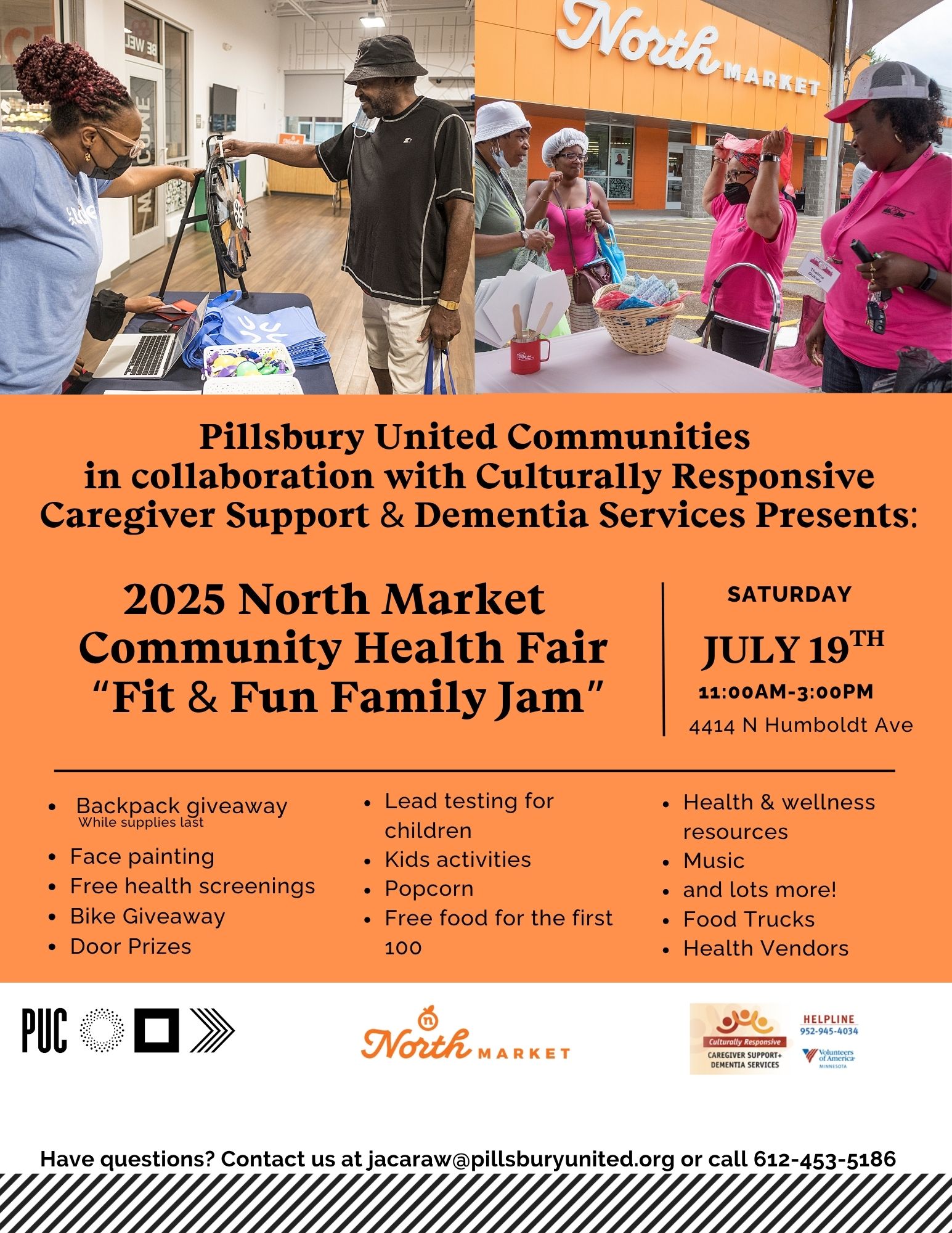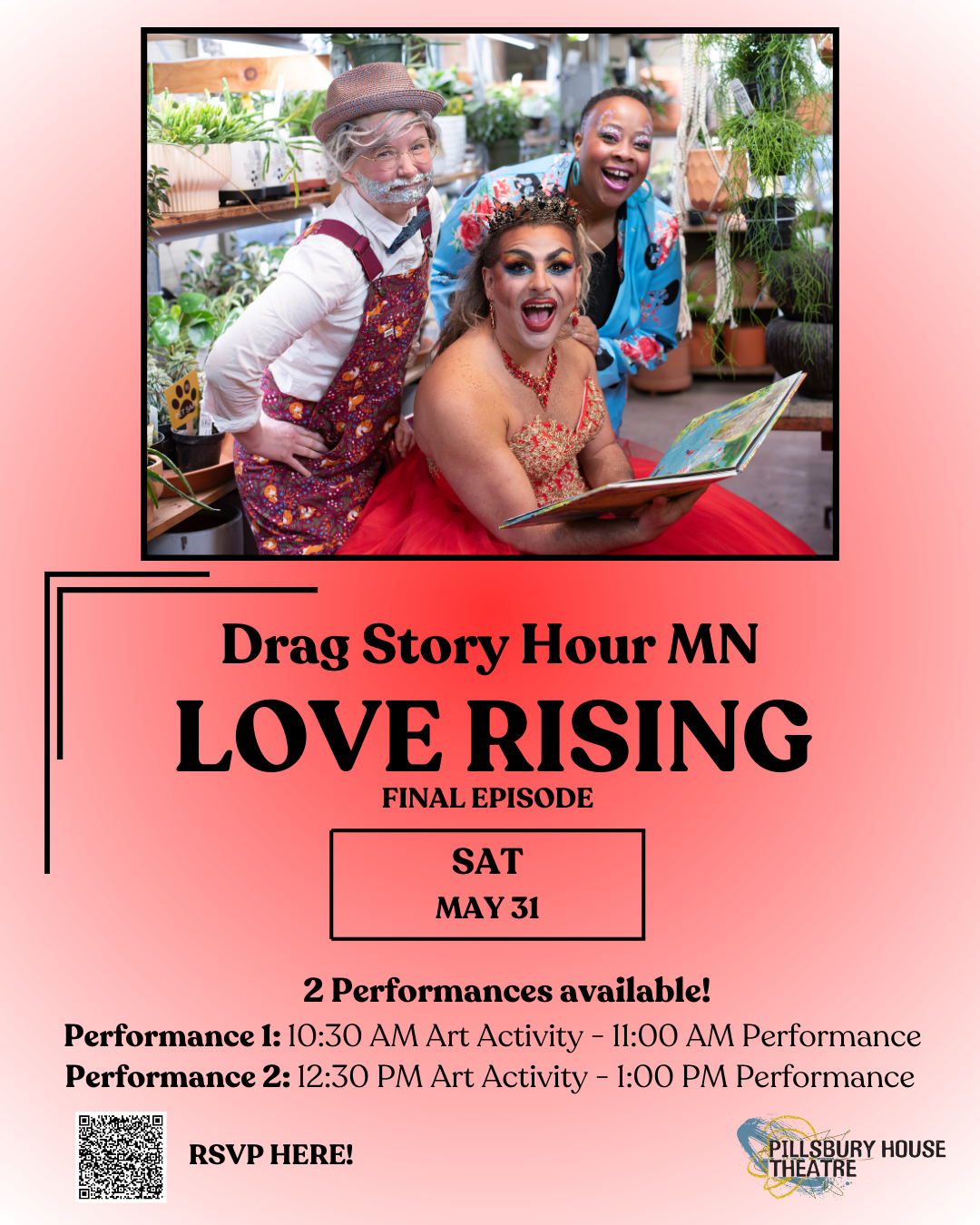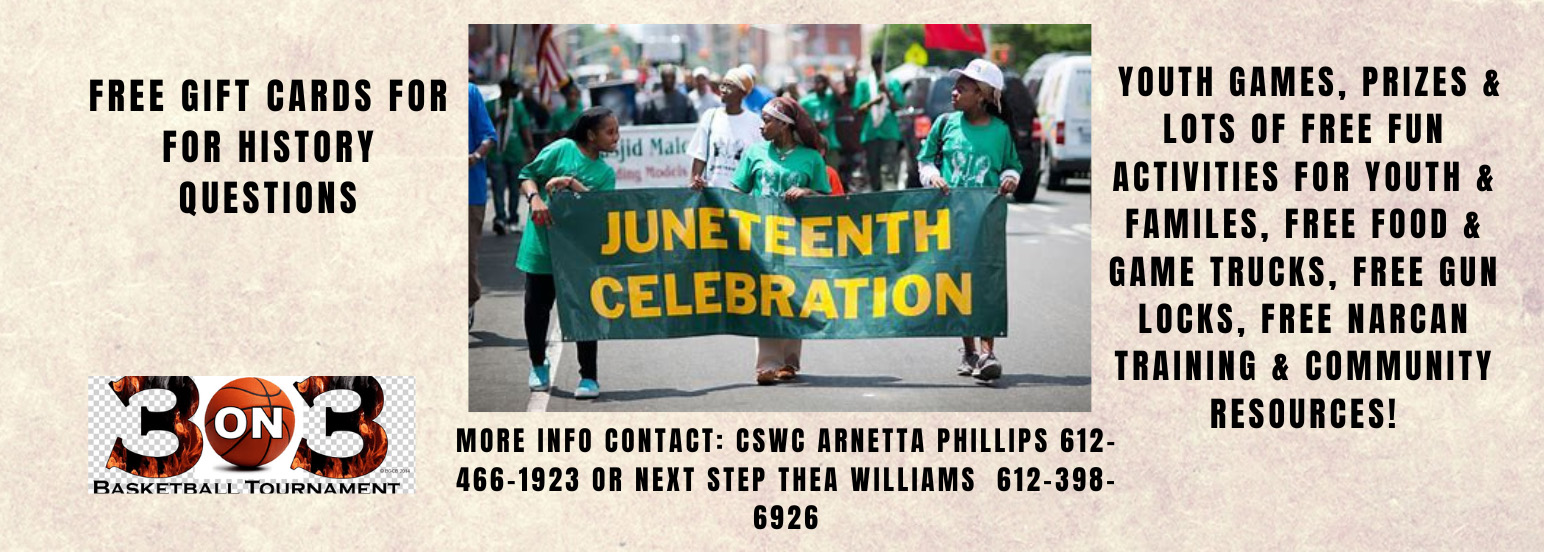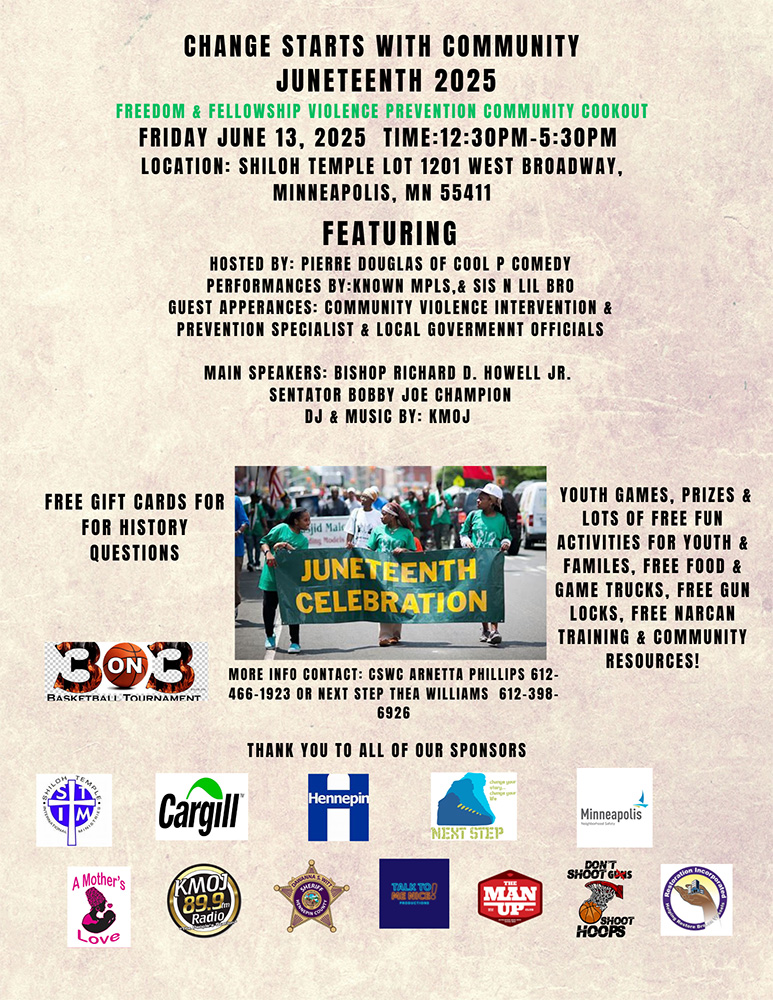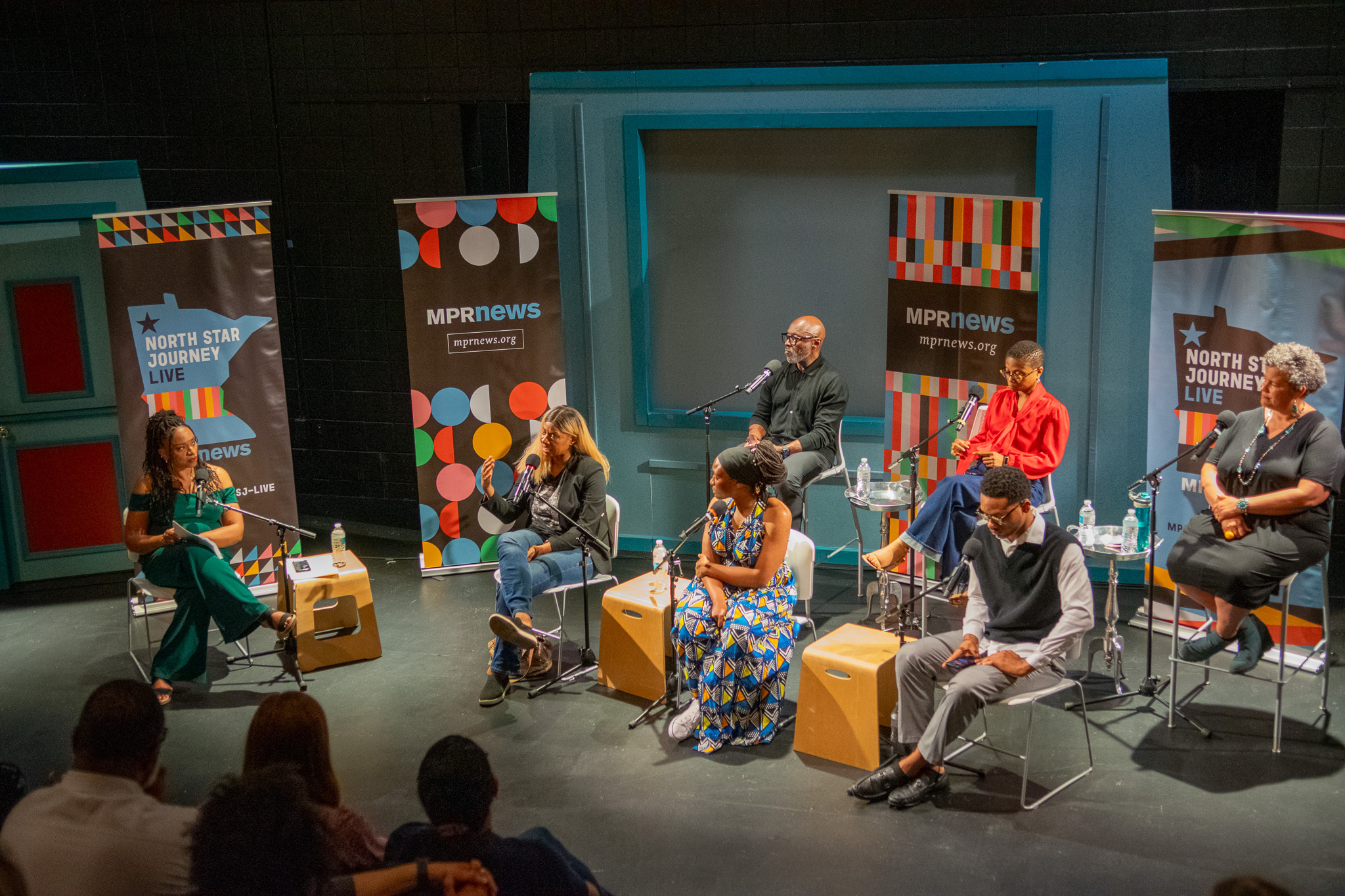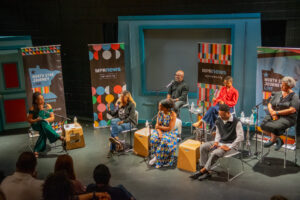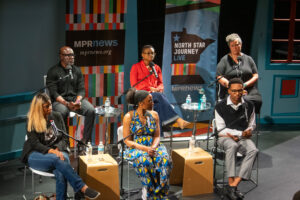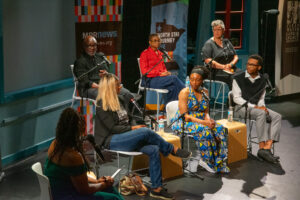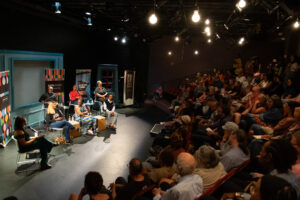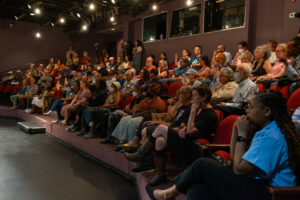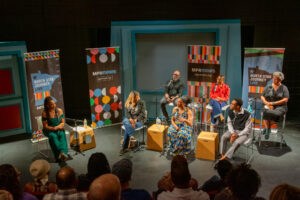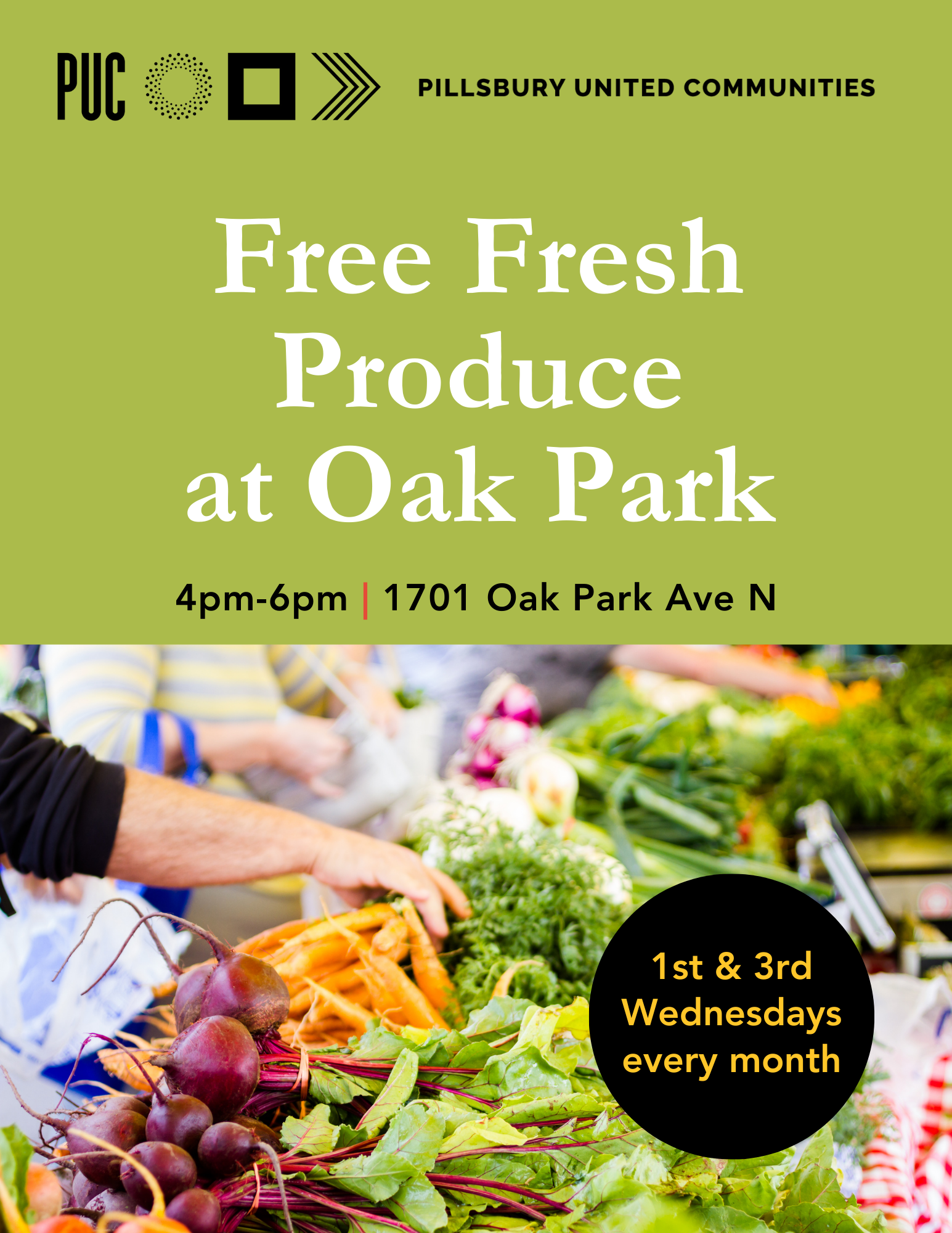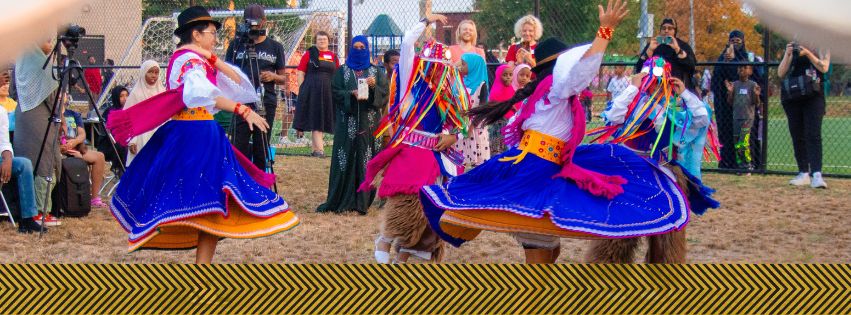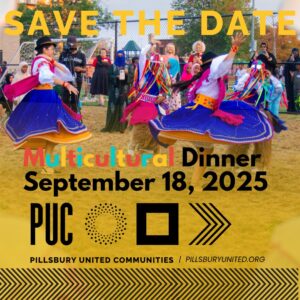
🌈 Celebrate Pride Month with Pillsbury United Communities! 🏳️🌈
June is here, and it’s time to honor love, diversity, and the vibrant LGBTQIA+ community that makes our city shine. At Pillsbury United Communities, we believe in building a world where everyone is celebrated for who they are. 💖
This month, we’re excited to invite you to join us in supporting and participating in local Pride events that uplift and empower our community. Whether you’re attending your first Pride celebration or your fiftieth, your presence matters.
✨ Upcoming Pride Events in Minneapolis:
June 7 @ 10:00 am – 2:00 pm
All-Inclusive Community Clothing Swap
Hardwood Creek Library 19955 Forest Rd N, Forest Lake, MN, United States
Have clothes you want to get rid of? Or looking for some clothes for yourself? All are welcome at our first inclusive community clothing swap at Hardwood Creek Library! If you would like to donate items for the Community Clothing Swap, please drop them off at Hardwood Creek Library during open hours from Monday…Read More
June 7 @ 12:00 pm – 6:00 pm
Golden Valley Pride Festival 2025
Brookview Park 300 Brookview Pkwy N, Golden Valley, MN, United States
Mark your calendars, Golden Valley Pride Festival is back for 2025! Join us at Brookview Park, Saturday, June 7th as we celebrate with two stages of music and entertainment, a beer/cider/wine garden, kid’s activities, artisans of all types and numerous organizations and community business booths! Love is in the COMMUNITY! Read More
June 7 @ 12:30 pm – 5:00 pm
Puzzling and Beats
Queermunity 3036 Hennepin Ave, Minneapolis, MN, United States
Come hang with us for a chill time putting together puzzles, vibing to good music, and connecting with new and old friends! Everyone’s invited! To stay in the loop on upcoming events, follow our Read More
June 7 @ 1:00 pm – 6:00 pm
Youth Pride presented by the Minnesota School Outreach Coalition (MNSOC)
Como Midway Picnic Pavilion Park 1199 Midway Pkwy, St Pau, MN, United States
Youth Pride is a free event for LGBTQIA+ youth ages 13-22. This is an event for young people to feel celebrated and strengthen connections to their community. Youth Pride has a little bit of everything; resources from local organizations serving queer youth, activities and games, performances by amazing entertainers, food from local businesses, photo-booths
Read More
June 7 @ 7:00 pm – 9:00 pm
TaikoGROOVE
Cedar Cultural Center 416 Cedar Avenue, Minneapolis, MN, United States
TaikoArts Midwest produces the first ever taiko dance party concert, TaikoGROOVE! Rhythms drop at 7PM, Saturday June 7, at the Cedar Cultural Center. All Ages. Surprise Japanese guest artists come all the way from TOKYO to join local troupe Enso Daiko onstage, delivering the debut of a wild, primal groove, plus many audience favorites! Read More
At Pillsbury United Communities, we’re committed to fostering an inclusive environment where all individuals feel safe, valued, and empowered. Throughout the year, we offer programs and services that support the LGBTQIA+ community, including health resources, youth programs, and cultural events.
Let’s come together to celebrate love, amplify voices, and strengthen the bonds that make our community resilient. 💪
